Alfred Hitchcock is celebrated for creating some of cinema’s most powerful horror films, featuring unforgettable and chilling villain performances. As the master of suspense, Hitchcock built tension through an uncanny ability to craft a creeping sense of unease and impending doom simmering below the surface of everyday life. Though not frightening in a conventional sense, Hitchcock’s villains exude a more unsettling menace through their sheer competence and relentless pursuit of their sinister goals. Unlike masked slasher villains, Hitchcock’s antagonists achieve their ends through cunning manipulation, hiding their sociopathic tendencies behind superficial charm and respectability.
From the creepy motel owner in Psycho to the manipulative husband put on display in the ending of Vertigo to the obsessive housekeeper in Rebecca, Hitchcock villains terrify not through overt monstrosity, but through the ability to blend into civilized society while ruthlessly advancing their twisted agendas. At times almost sympathetic in their visible damage, these villains nonetheless unsettle through their sheer relentless dedication, wielding lethal precision and lack of predictable empathy. Indeed, Hitchcock built his legacy by mining suspense from villainy hidden within plain sight, making the evil lurking within humanity itself his most powerful and enduring subject.
10 Godfrey Tearle
Professor Jordan in The 39 Steps (1935)
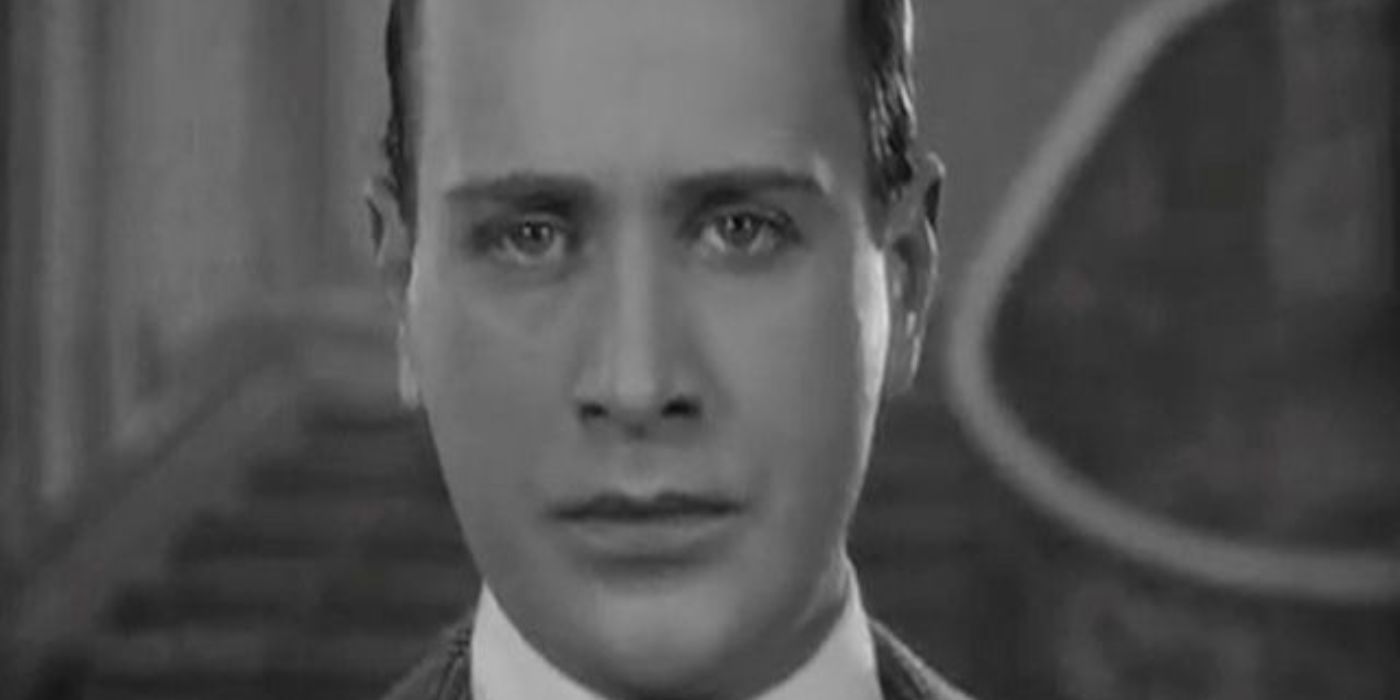
In The 39 Steps, Godfrey Tearle delivers an unforgettable, chilling performance as Professor Jordan, the poised and cunning leader of the shadowy 39 Steps organization. Initially, Jordan projects an aura of respectability when Hannay seeks refuge in his home. The climax sees Jordan ruthless in his pursuit of Mr. Memory, shooting him to prevent the revelation of the organization’s secrets. Tearle translates Jordan from refined academic to cold-blooded villain with nuanced skill. Through precise dialogue and subtle expressions, Tearle crafts an understated, but memorable antagonist.
9 James Mason
Phillip Vandamm in North By Northwest (1959)
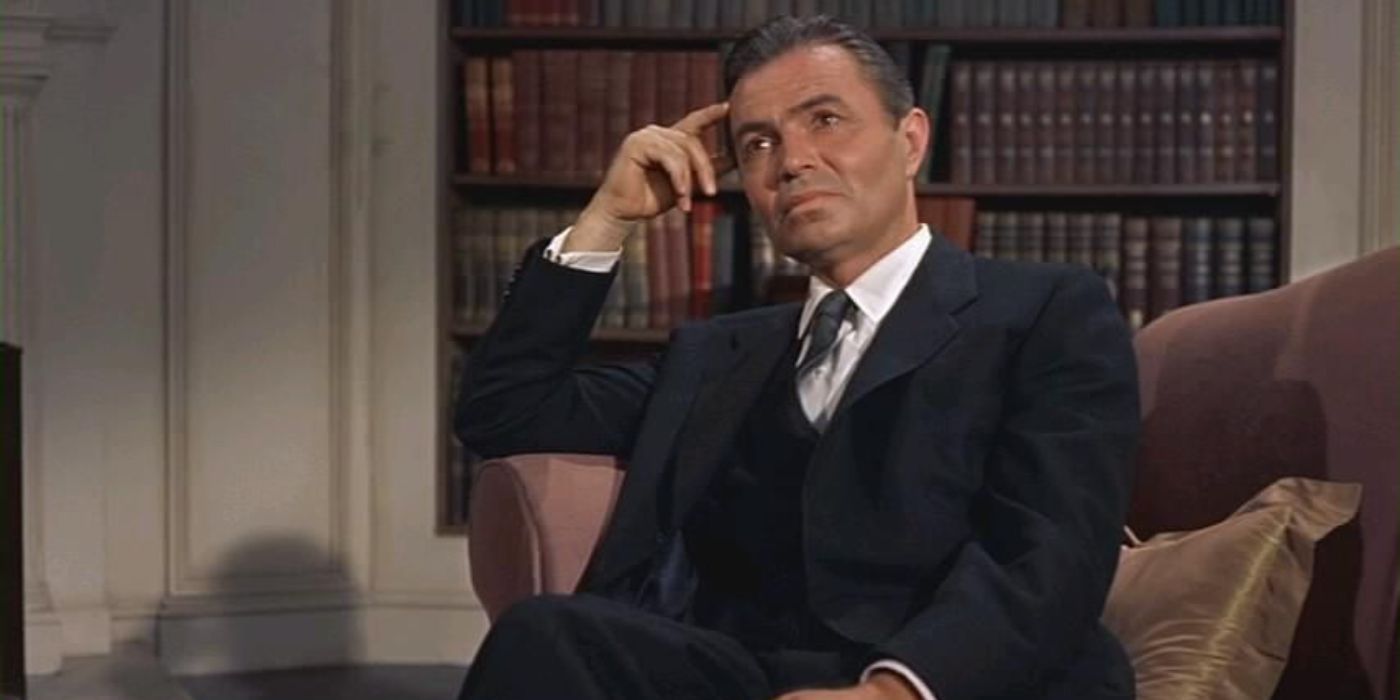
North By Northwest
- Release Date
- September 8, 1959
- Director
- Alfred Hitchcock
- Cast
- Eva Marie Saint , James Mason , Cary Grant , Leo G. Carroll , Jessie Royce Landis
Suave and sophisticated, James Mason brings an air of refinement to his portrayal of Phillip Vandamm, the cunning spymaster at the center of Hitchcock’s espionage-laced mistaken identity thriller. With North by Northwest being inspired by a true story, Vandamm projects the aura of a powerful man, yet devoid of morality. In kidnapping and pursuing Roger Thornhill, Mason crafts a tension-filled depiction of casual villainy lurking behind Vandamm’s polished veneer. His performance serves as the ideal counterpoint to Cary Grant’s charismatic innocence. Vandamm may have elegance, but Thornhill has inherent goodness, a contrast Mason uses to underscore his antagonist’s cold-blooded duplicity.
8 Judith Anderson
Mrs. Danvers in Rebecca (1940)
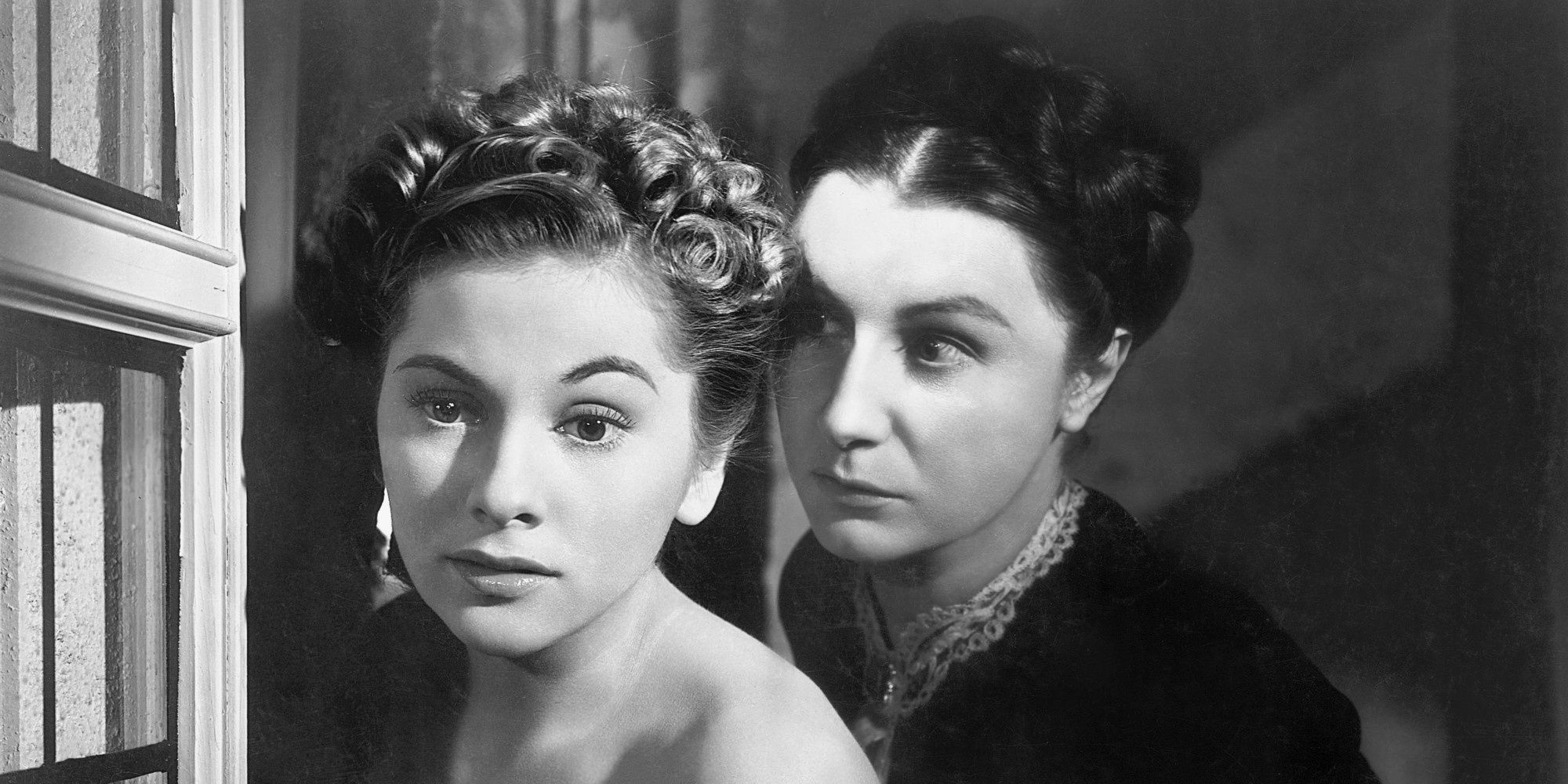
Judith Anderson delivers a memorable portrayal of Mrs. Danvers, the obsessive housekeeper in Rebecca. Danvers’s unwavering devotion to the deceased Mrs. de Winter manifests in cruel treatment towards the new bride. Anderson aptly captures Danvers’s pathological hatred through hostile glares and subtle gestures, depicting her as capable of extreme torment to preserve Rebecca’s memory. This portrayal creates an unforgettable character, driven by jealousy and obsession. Anderson’s performance lingers long after the film ends, leaving audiences with a haunting impression of Danvers’s malevolent presence and the depths of her twisted psyche.
7 Barry Foster
Robert Rusk in Frenzy (1972)
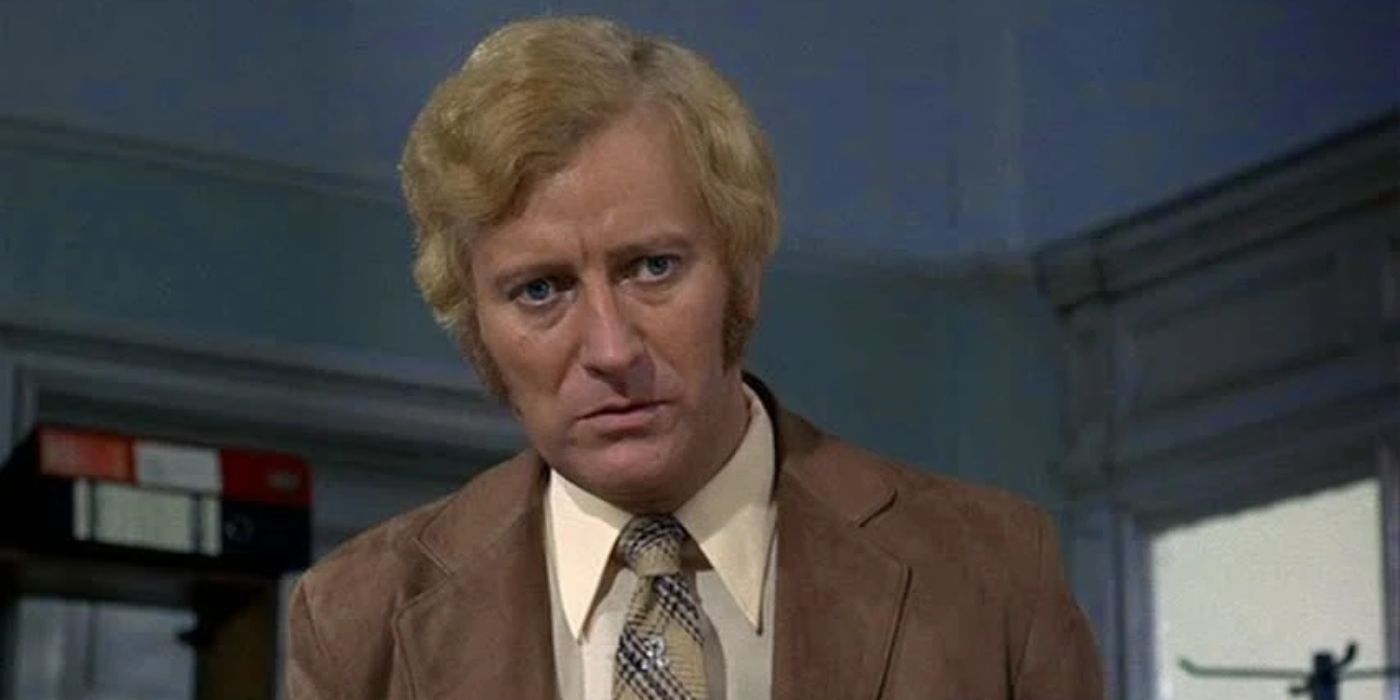
Beneath an affable exterior, Barry Foster unveils the twisted psychopathy of villain Robert Rusk. While projecting charm and respectability, Foster subtly hints at Rusk’s capacity for cruelty. By framing his friend for gruesome murders, Foster depicts Rusk’s terrifying ability to deceive with feigned normalcy. The profound terror lies in Rusk’s utter ordinariness and his believable mask as a vicious serial killer. Without overt intensity, Foster’s detached and understated portrayal makes Rusk a menacing villain, navigating deceit and violence amorally. Foster’s portrayal highlights the unsettling notion that evil can lurk beneath the facade of everyday life.
6 Robert Walker
Bruno Antony in Strangers on a Train (1951)
In the film Strangers on a Train, Robert Walker embodies the obsessive and disturbed Bruno Antony with magnetic yet alarming villainy. He balances Bruno’s eccentric charm with subtle hints of instability, keeping the audience on edge. Walker gradually unveils Bruno’s twisted nature through his proposition to “swap murders” with a stranger, exposing his sinister intentions beneath the charm. His unsettling pursuit of his acquaintance showcases Bruno’s cunning and psychopathic tendencies, drawing viewers into his disarming allure. Walker’s portrayal creates a paradoxical menace in Bruno: flamboyant yet sinister, captivating yet profoundly unhinged.
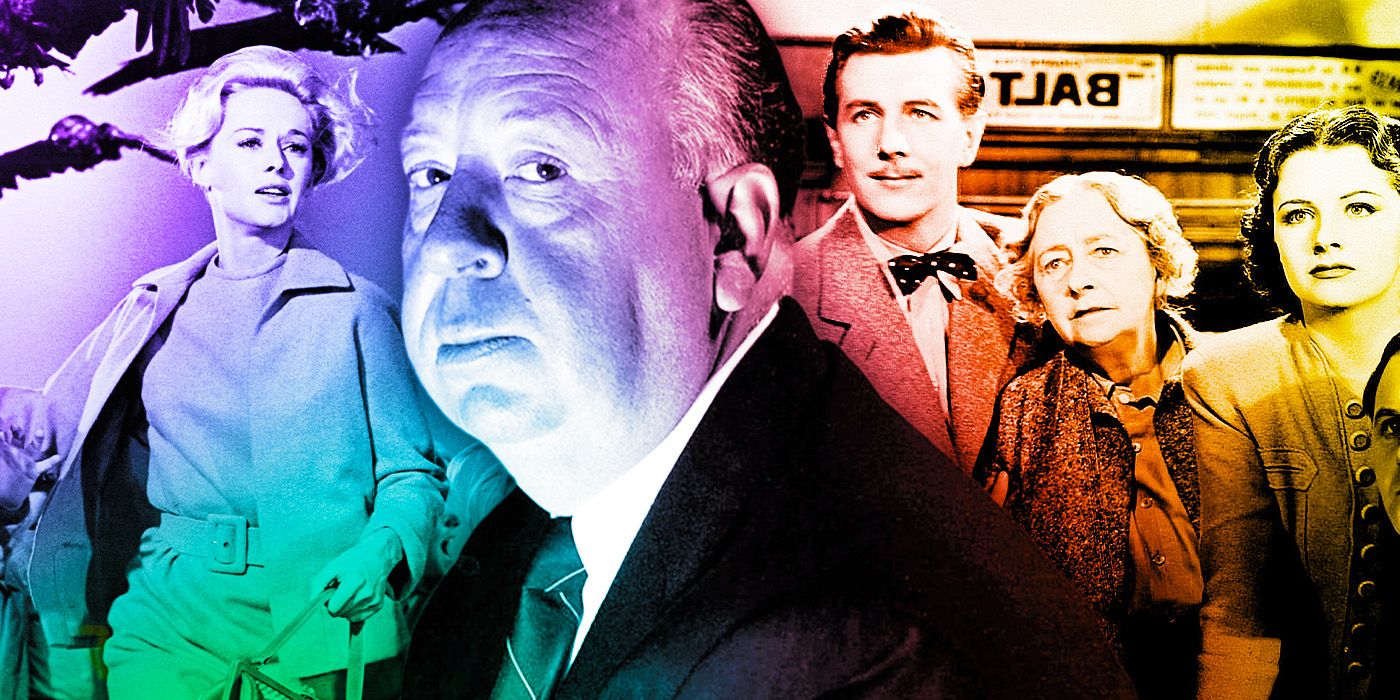
All 40 Alfred Hitchcock Cameos In His Own Movies
Alfred Hitchcock is one of the most recognizable filmmakers of all time, in part due to his tradition of making clever cameos in his movies.
5 Joseph Cotten
Uncle Charlie in Shadow of a Doubt (1943)
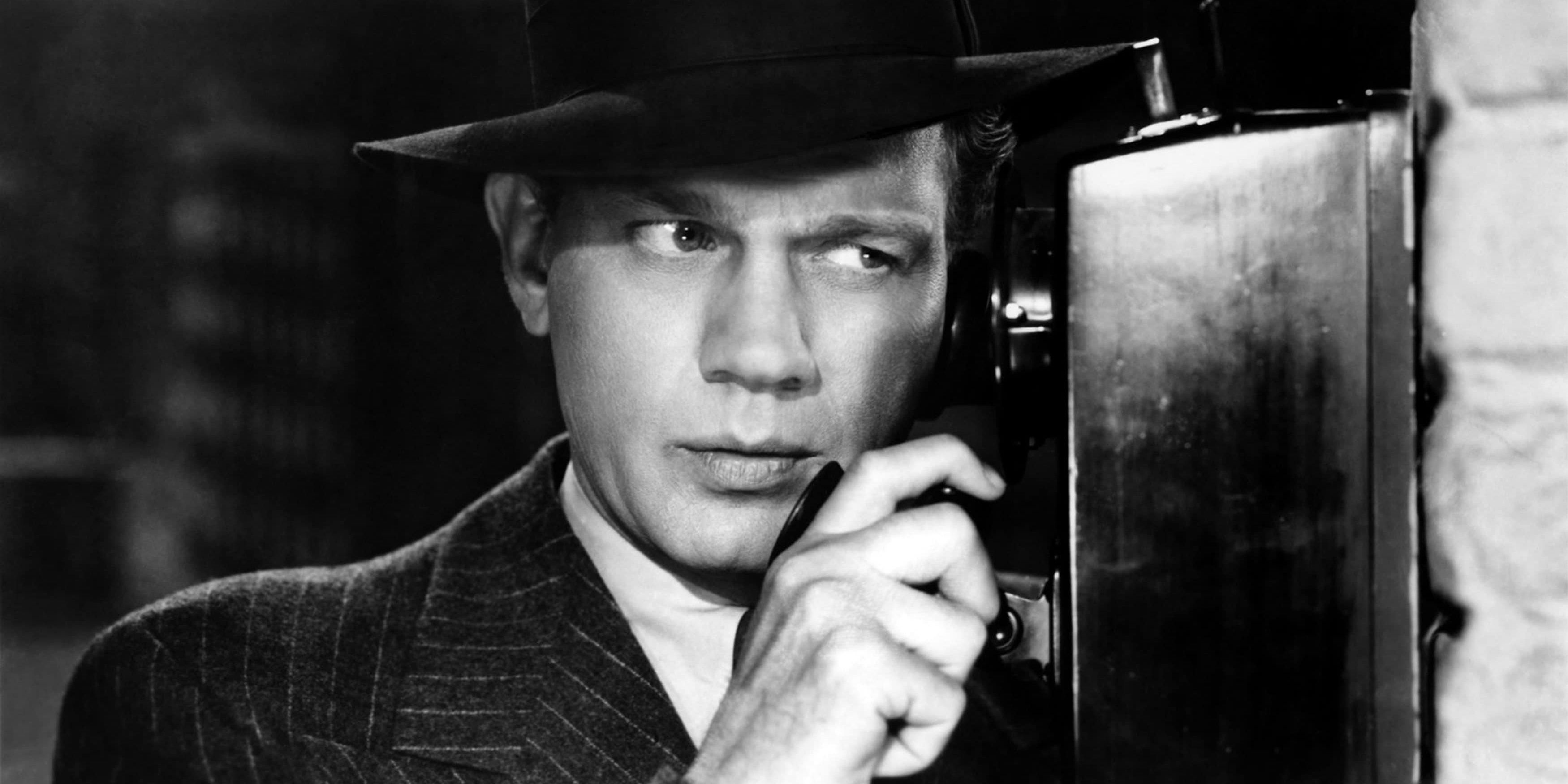
Joseph Cotten’s portrayal of Uncle Charlie, a villain who hides behind a polished exterior, is a performance that is severely underrated. As he integrates into the small town, Cotten gradually reveals Uncle Charlie’s true nature, hinting at his simmering temper and capacity for violence. When his repressed rage and misogynistic tendencies surface, Cotten illustrates how ordinary communities fail to recognize the evil among them. Despite Uncle Charlie’s charm, Cotten’s performance exudes a sense of alien danger. Even the detective pursuing him tastes fear for the first time in his career, highlighting Cotten’s compelling portrayal.
4 John Dall
Brandon Shaw in Rope (1948)
Rope‘s Brandon Shaw remains one of cinema’s most disturbing depictions of a conscienceless killer. Dall skillfully portrays Brandon’s deviance through a poised demeanor, thinly masking his pathology. As Brandon casually steers dinner party conversations toward murder with a victim lying overhead, Dall depicts his character’s irreversible descent into revealing hints, convinced of his guests’ twisted admiration for the perfect crime. In this classic movie where the bad guy is the main character, Dall warns viewers not to mistake composure for innocence. Brandon’s callous manipulation of the grieving fiancée reveals his narcissism and shocking indifference to suffering.
3 Tom Helmore
Gavin Elster in Vertigo (1958)
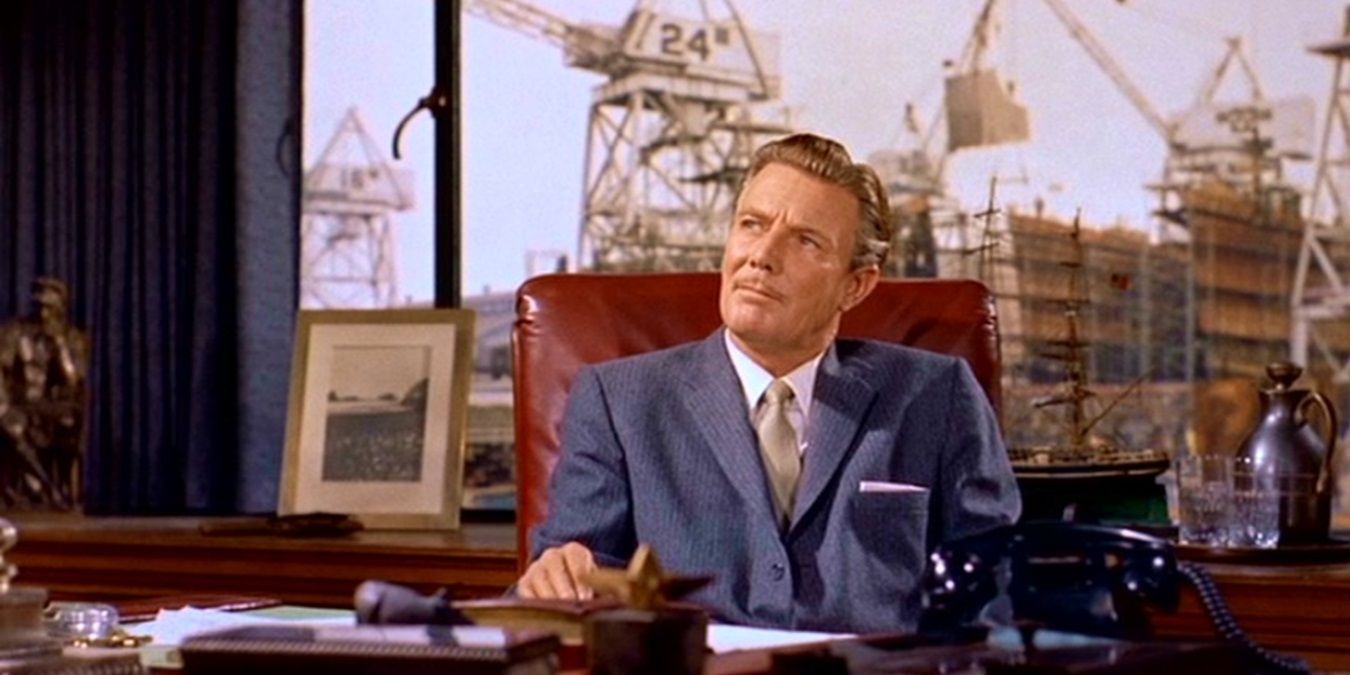
Vertigo
- Release Date
- May 9, 1958
- Director
- Alfred Hitchcock
- Cast
- Tom Helmore , Barbara Bel Geddes , Kim Novak , James Stewart , Henry Jones
As Gavin Elster in Vertigo, Tom Helmore initially displays an aura of upright credibility, playing the concerned husband desperate to understand his wife’s odd behavior. However, with subtle menace, Helmore slowly reveals Elster’s true colors as a ruthless manipulator. By preying on old friendships to disguise his murderous intent, Helmore conveys how Elster’s facade of respectability masks a sociopathic absence of empathy. When Elster’s elaborate deception is exposed, casting his wife’s death as a suicide to disguise his own killing, Helmore has crafted a portrait of evil hiding behind familiarity, wielding trust as a weapon.
2 Raymond Burr
Lars Thorwald in Rear Window (1954)
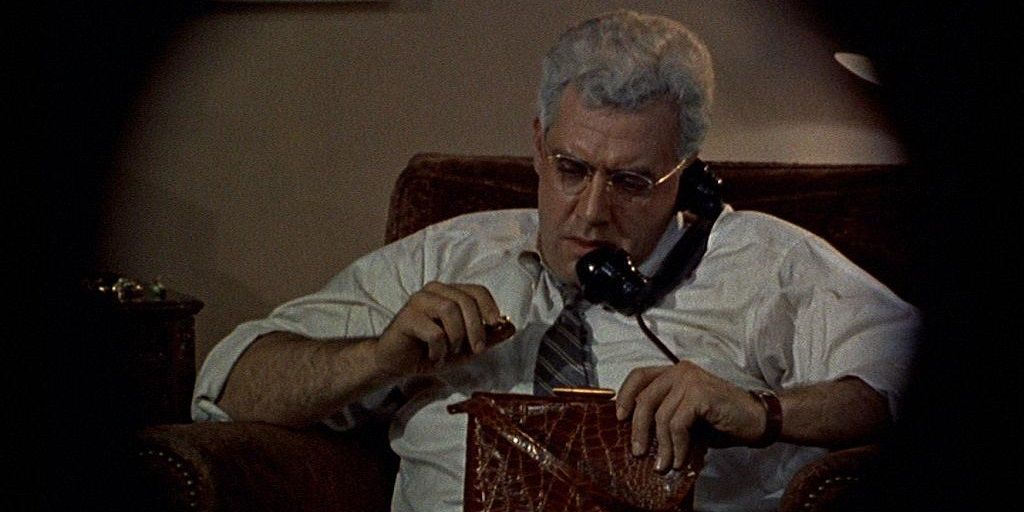
Rear Window
- Release Date
- September 1, 1954
- Director
- Alfred Hitchcock
- Cast
- Thelma Ritter , James Stewart , Wendell Corey , Grace Kelly , Raymond Burr
In Rear Window, Raymond Burr portrays the suspected murderer Lars Thorwald with ominous menace, despite limited screen time. Mostly observed from afar by wheelchair-bound photographer Jeff, Burr enhances Thorwald’s malevolence through his imposing physicality alone. Thorwald remains largely mysterious, mirroring Jeff’s initial suspicions, but Burr’s portrayal exudes a coldness that validates Jeff’s accusations. With minimal dialogue, Burr creates an atmosphere thick with uncertain dread, his mere presence contrasting starkly with James Stewart’s confined protagonist. In Alfred Hitchcock’s most suspenseful scene, Burr ignites the imagination about the darkness lurking within Thorwald.
1 Anthony Perkins
Norman Bates in Psycho (1960)
Psycho
- Release Date
- September 8, 1960
- Director
- Alfred Hitchcock
- Cast
- Janet Leigh , Martin Balsam , Anthony Perkins , John Gavin , Vera Miles
Anthony Perkins cemented his place in cinematic history in Hitchcock’s Psycho as the eerie and odd Norman Bates. In early scenes, one might dismiss his awkwardness as mild eccentricity or innocent loneliness. However, Perkins imbues his performance with an underlying instability that festers as his relationship unraveling with Marion Crane evolves. The explosion of that tension building throughout the film emerges in the ultimate scene, where Perkins transitions from nervous tic to full-blown deranged psychosis. The Mother persona he adopts exposes Norman’s delusional flight from reality into fractured identities and unchecked mental chaos.




